I believe my project of Creationism vs Evolution has taken me on a journey where I have learnt to appreciate nature and its beauty even more than I did previously. I originally started by looking at freedoms in nature and the processes for life and death. It was only after I reflected on my previous project of faith, I had decided to apply my own personal relationship with spirituality and try and document this in my book. In doing this I believe I have achieved my aims of exploring the contrasts and similarities within nature between science and fiction as I can conclude at the end of my project that in my opinion the two are strongly linked. I din’t however realize this for most of my project, it was only really whilst designing my book and exploring the layout, is where the science apparent within my images appeared very visual and I liked how this combined spiritual elements. Although through my shoots I took images of both sides of the coin, they were always separate in my mind. This therefore explains how (much like my project) my aims have changed and evolved in looking at how rather than the two theories being different, I have shown somehow the ways in which both are connected through their relationship. By basing most of my project on Genesis within the Bible, I have explored the freedoms of how the depths of spirituality exist within this world and out of this world but also through looking at evolution, I have also looked at the freedoms that exist with Science and how we have an understanding of what is happening. Conversely, the limitations of spirituality are that we don’t know why change occurs or why we are here, the closest we can get to is that we were created by God and that we have to be at one with nature to know our purpose better but yet not fully as only God knows this. Also the limitations of evolution and science is that we obviously cannot explain the purpose and reasons for change in nature, other than that we are aware that it exists. In looking at these comparisons, I believe I have made a balanced conclusion within my book of the freedom and limitations of both these concepts. I believe that overall I am happy with my project and that it went successfully. I wanted to explore spirituality further after my previous project, and that I believe because of my faith as well as my awareness to opposing and contrasting theories, I am in a good place to observe and explore both arguments.
Below are my final prints that work alongside and support my book. I have mainly chosen to focus on light and humans as I couldn’t use images from all my chapters as there are too many for just prints – this is one reason why I chose to create a book. Overall I am happy with my final prints, I chose the most spiritual looking shots (in my opinion) to display.

These three images I especially like as they depict not only light, but the role, purpose and significance of light within this world. I believe the sequence as presented within the display above is important because it almost represents the stages of light entering the world – firstly the emergence of light, the presence of light and finally the disappearance of light as it fades away. This triptych shows therefore the stages and process of this change from a spiritual and yet scientific viewpoint.

These 6 images are arranged so that compliment one another’s textures of bodily tissue. The textures appear particularly sharp, detailed and refined and I believe that by having six, thinner strips, this helps emphasize whats in the image through the style of framing. Furthermore, I arranged each image so that the darker tones would be simultaneously reveal-ant at having a balanced shade, whilst also maintaining strong lines of symmetry within the image.
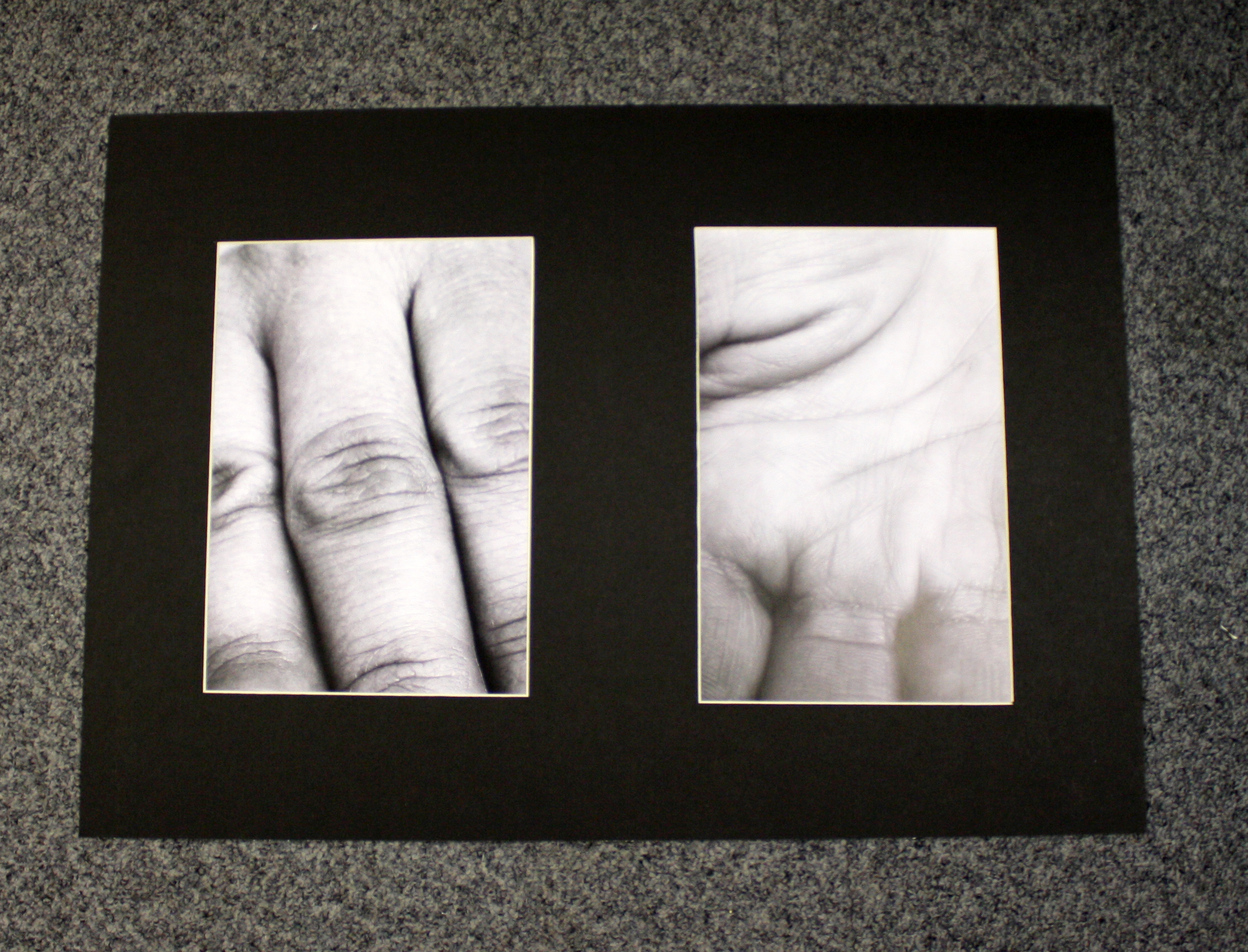
I particularly like these two images sequenced together. On the left are the fingers – the external, on the right is the palm – the internal. This contrast allows us to see the creationist, distinctive qualities that occur on different sections of the same body parts. I chose to have a strong, black border because I believe that this coincides effectively with the strong contrasting levels within both images – almost as if we as humans are curious to find out the depths and mysteries of what is beneath the skin.
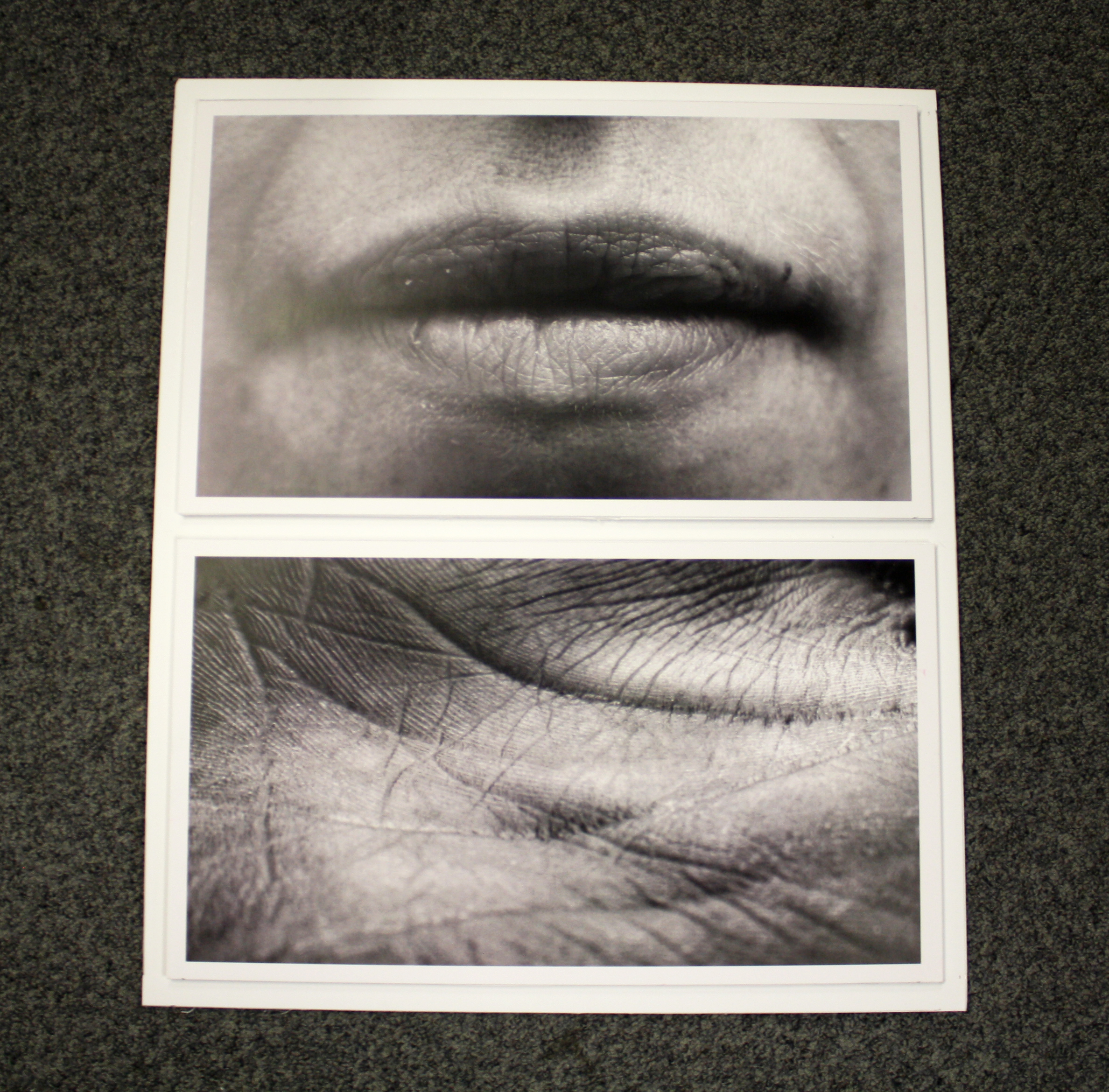
These images I put together because of how they reflect the distinctive qualities from organism to organism. I have captured very distinct markings that act as evidence for each person whose skin it belongs to, adding symbolism to the creationsit story that it still occurs today. In doing this I am linking creationism and evolution together.

I particularly like these images. I found the white photo frame not only brings out the white tones, but also is very effective at proving stronger depth to the contrasting darker tones. As this happens, I like how the flow of white acts almost as like a circle within the squared photoframe that is important as it not only shows the relationship of light, but also furthermore the cycle of light as it changes.



















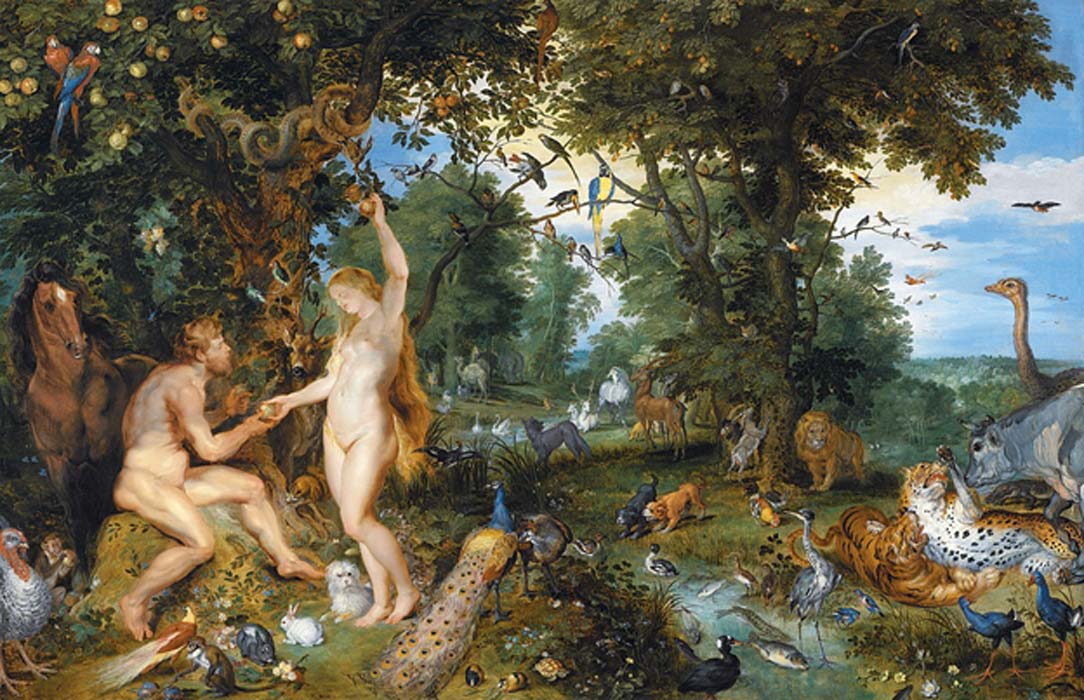



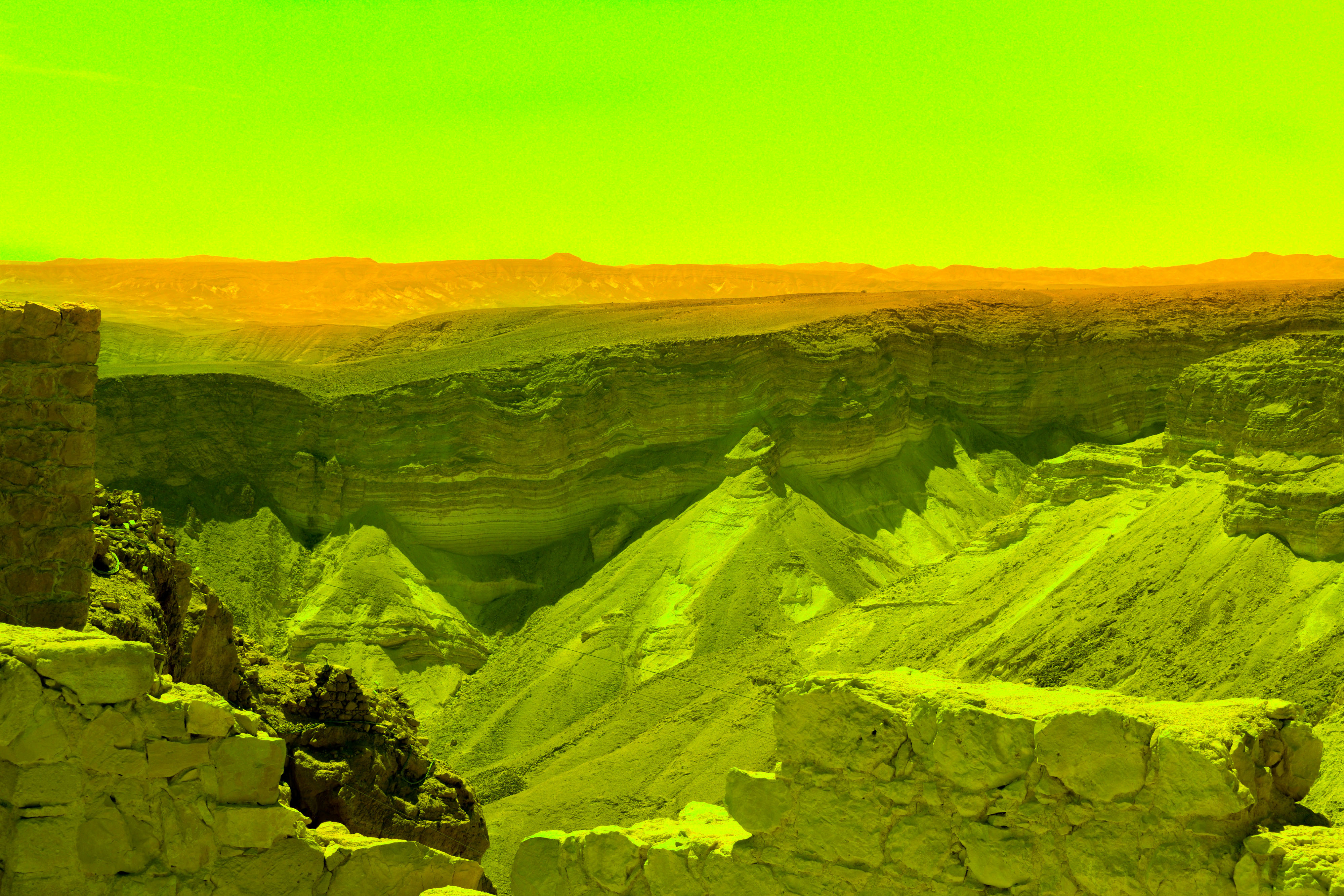

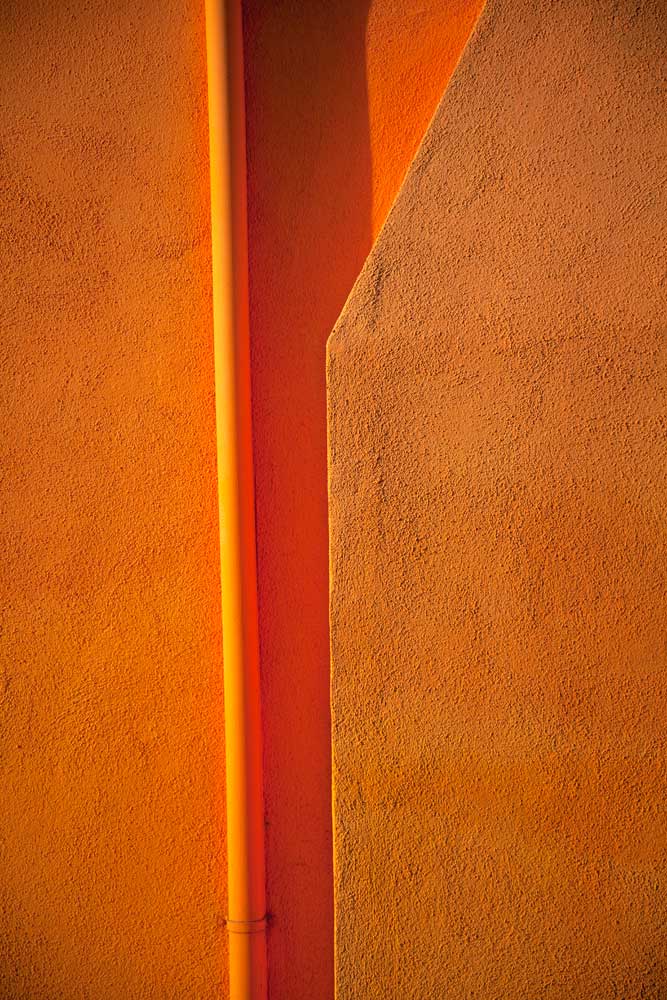

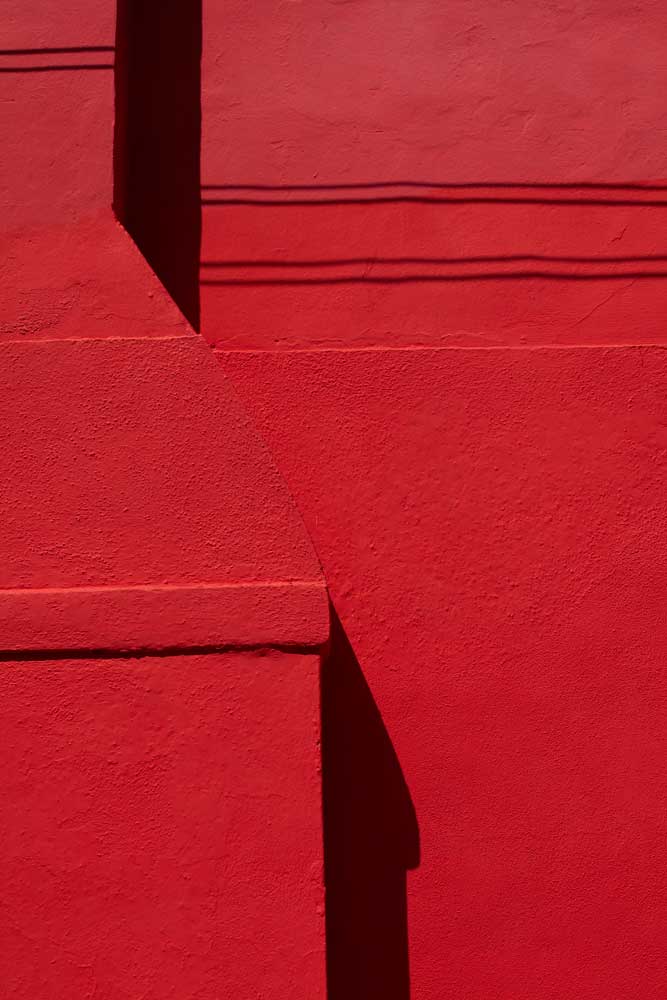

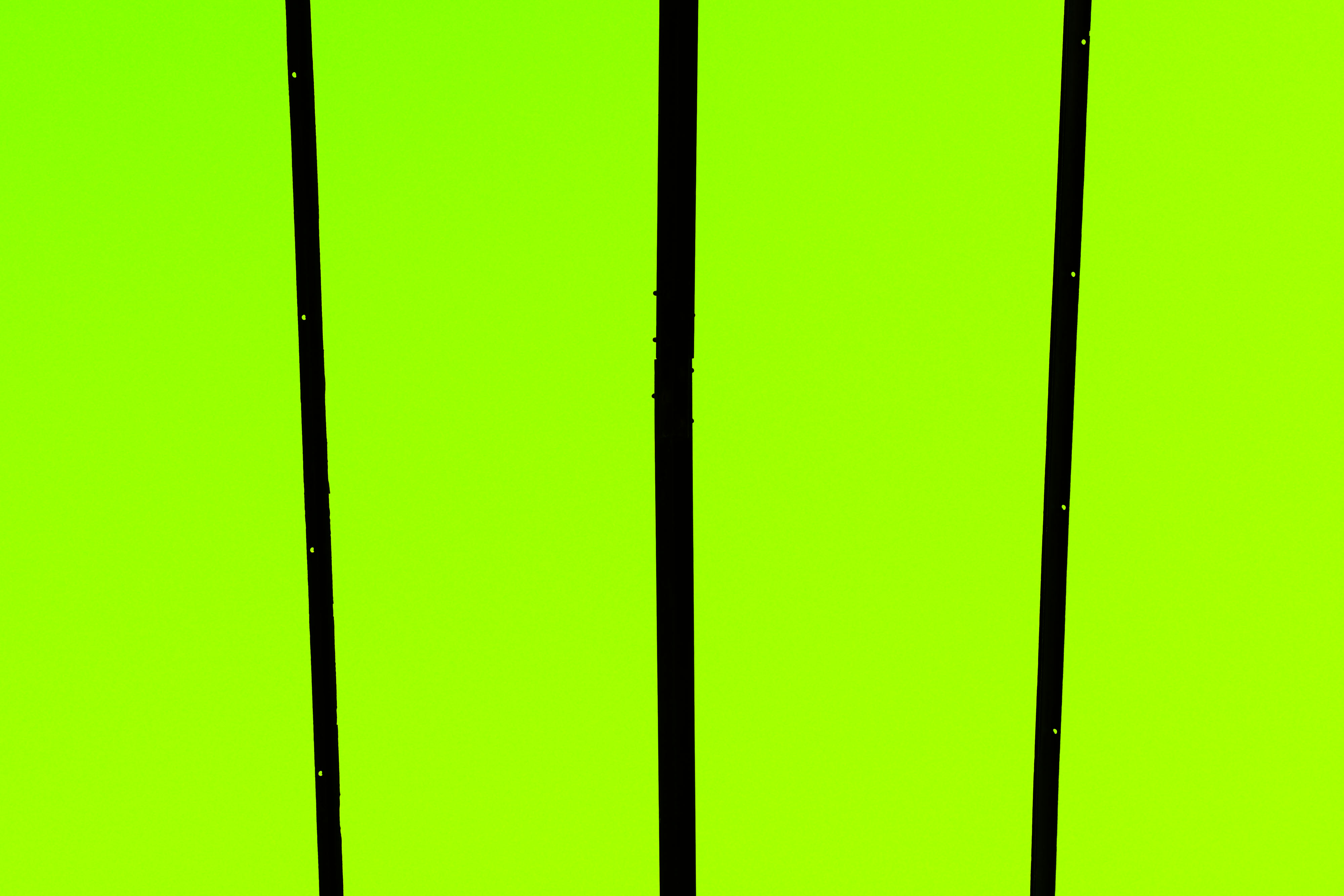
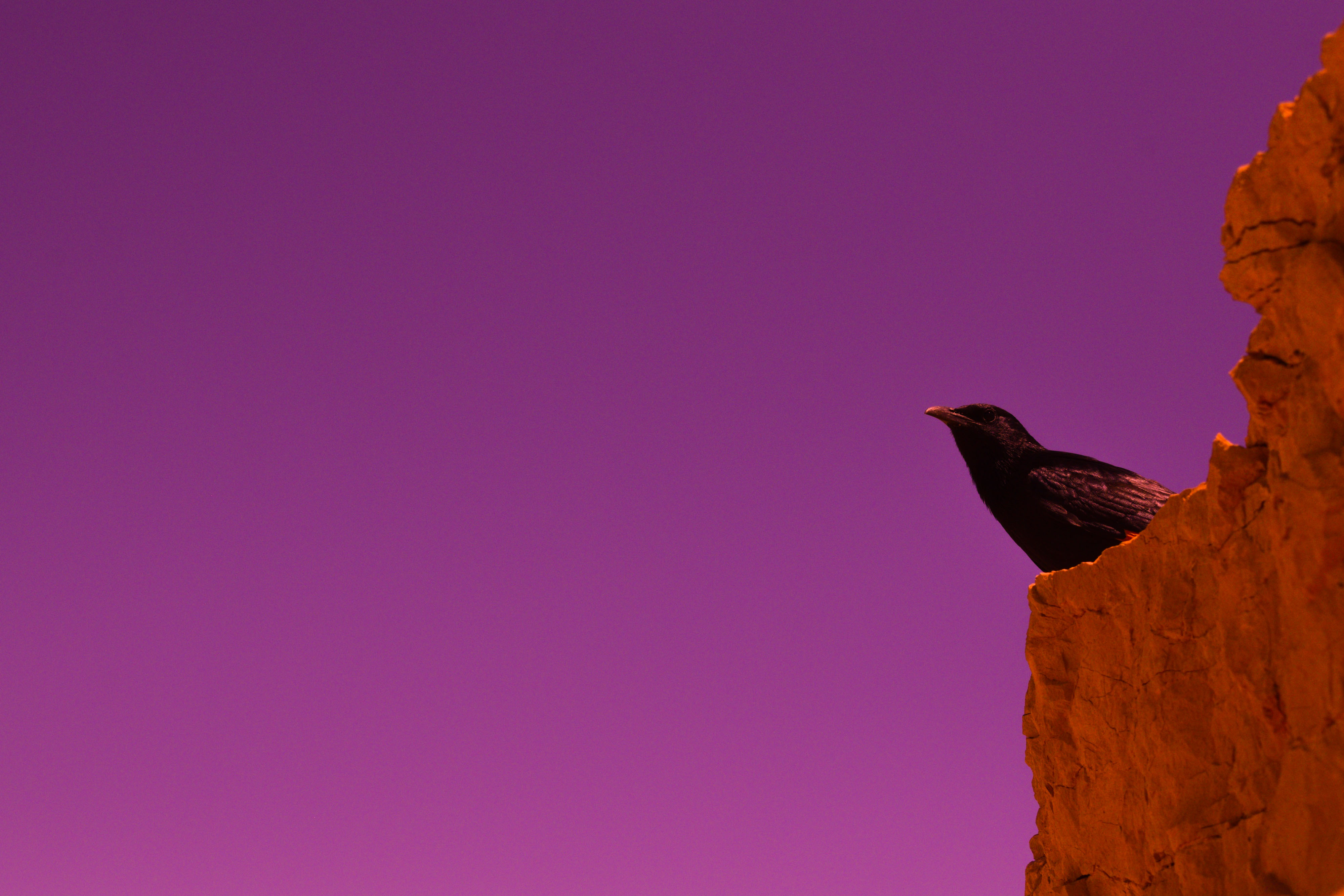


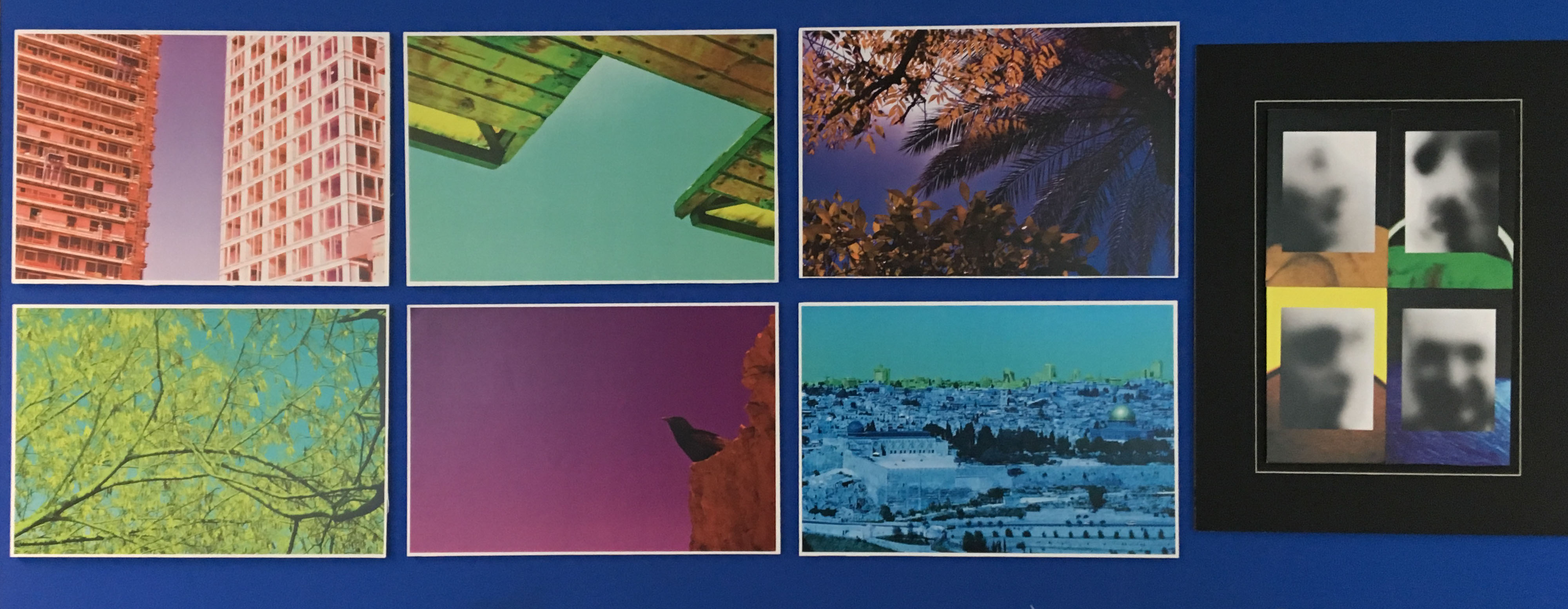 I have laid out my photos in such a way that shows off each photo individually. I stuck each landscape photo on some foam board and stuck each one to the wall individually. I then grouped my close up portraits together with my ghostly like photos that I took in the early stages of this project.
I have laid out my photos in such a way that shows off each photo individually. I stuck each landscape photo on some foam board and stuck each one to the wall individually. I then grouped my close up portraits together with my ghostly like photos that I took in the early stages of this project.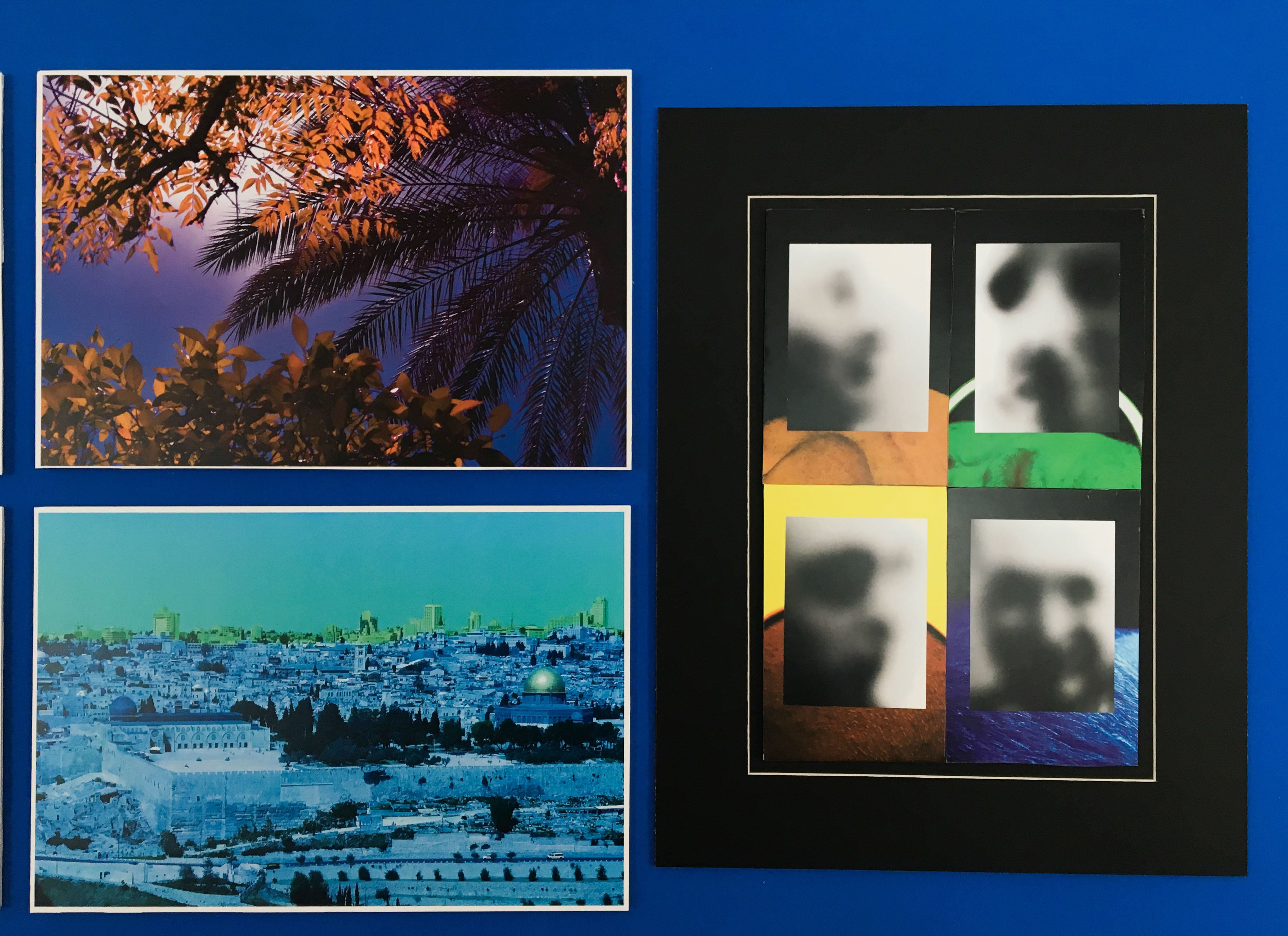 I placed these photos on top and used the close up portraits as backgrounds. I did this as you will be able to see the uncovered versions in the book. I liked this because it gave me an idea and a meaning. The way the photos have been laid out show how humanity often ruins photos, builds on top of landscapes and ruin the identity of a place or a person. I made a window mount and placed this inside as well as foam board and it made it stand out better.
I placed these photos on top and used the close up portraits as backgrounds. I did this as you will be able to see the uncovered versions in the book. I liked this because it gave me an idea and a meaning. The way the photos have been laid out show how humanity often ruins photos, builds on top of landscapes and ruin the identity of a place or a person. I made a window mount and placed this inside as well as foam board and it made it stand out better.